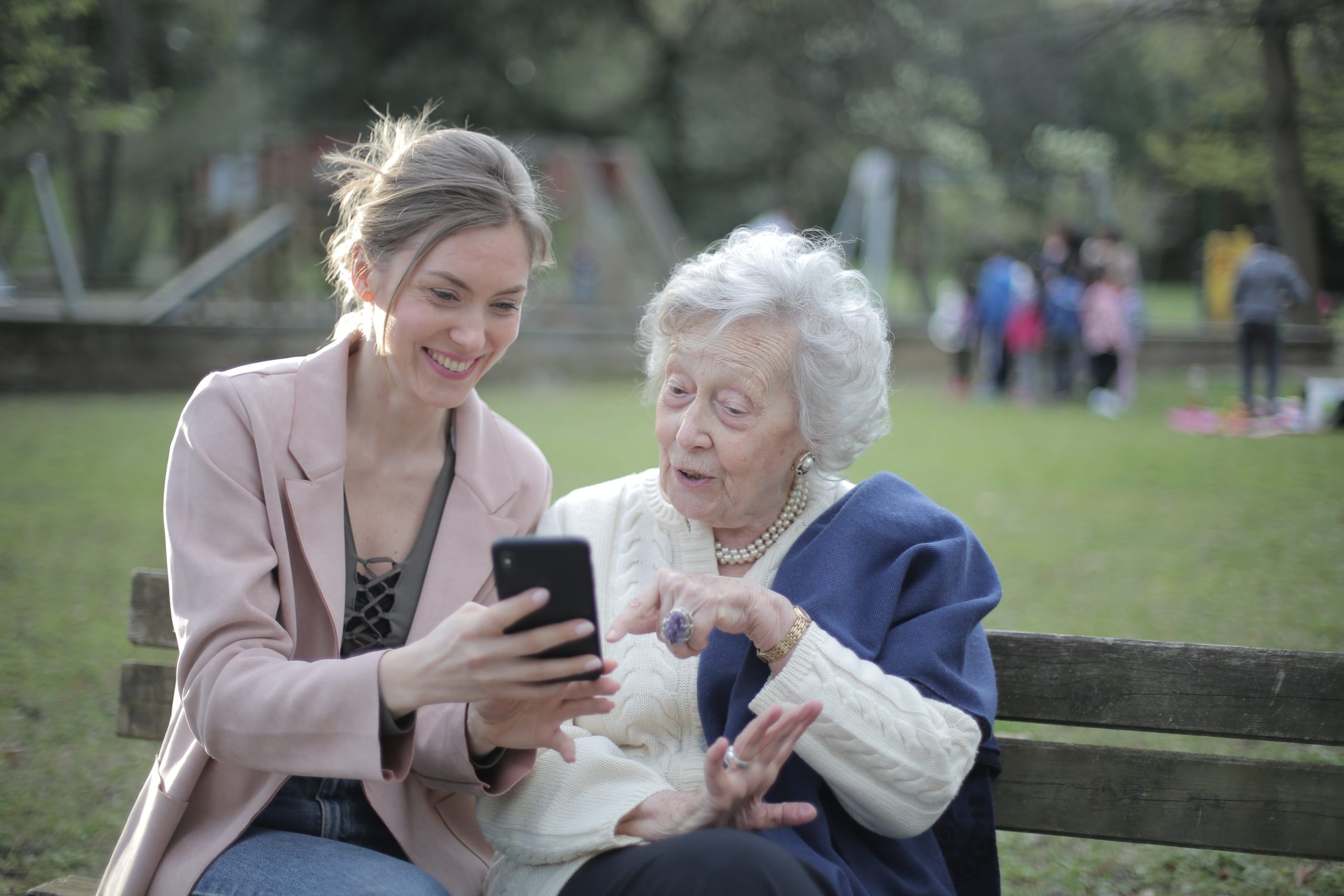The Impact of Wearable Technology on the Lives of Seniors and Their Caregivers.

The image is not directly related to the article. It merely symbolizes the life of elderly people.
What is wearable technology and how does it work?
Wearable technology refers to electronic devices that can be worn on the body, such as smartwatches, fitness trackers, and health monitors. These devices use sensors and other technology to collect data about the wearer’s health and activities, and can provide real-time feedback and alerts. They often connect to a mobile app or other device to display and analyze the data collected.
How can wearable technology benefit seniors and their caregivers?
Wearable technology can provide a range of benefits for seniors and their caregivers. For seniors, these devices can help monitor health conditions, track medication schedules, and provide reminders for appointments and other important tasks. They can also help seniors stay connected with family and caregivers, providing a way to call for help or alert caregivers in case of an emergency. For caregivers, wearable technology can provide peace of mind knowing that they can monitor their loved one’s health and activities, even when they are not physically present.
What are some examples of wearable technology for seniors?
There are many different types of wearable technology available for seniors, including smartwatches, fitness trackers, health monitors, and GPS tracking devices. Some examples include the Apple Watch, Fitbit, Lifepod, and MobileHelp. These devices can track heart rate, blood pressure, steps taken, and other health metrics, as well as provide alerts for medication reminders and emergency situations.
Are there any concerns or limitations with wearable technology for seniors?
While wearable technology can provide many benefits for seniors and their caregivers, there are also some concerns and limitations to consider. One concern is privacy and security, as these devices collect and transmit personal health data. It’s important to choose reputable brands and ensure that data is encrypted and protected. Another limitation is accessibility, as some seniors may have difficulty using or navigating these devices. It’s important to choose devices that are user-friendly and provide adequate support and training.
How can seniors and caregivers choose the right wearable technology?
Choosing the right wearable technology depends on the individual needs and preferences of seniors and their caregivers. It’s important to research different devices and compare features and pricing. Consider factors such as ease of use, battery life, compatibility with other devices, and customer support. It may also be helpful to read reviews and ask for recommendations from healthcare professionals or other caregivers.
In conclusion, wearable technology can have a significant impact on the lives of seniors and their caregivers, providing a range of benefits for monitoring health and safety. While there are some concerns and limitations to consider, choosing the right device can help improve quality of life and provide peace of mind for both seniors and their caregivers.
The image is not directly related to the article. It merely symbolizes the life of elderly people. What is wearable technology and how does it work? Wearable technology refers to electronic devices that can be worn on the body, such as smartwatches, fitness trackers, and health monitors. These devices use sensors and other technology to…
Recent Posts
- Empowering Caregivers: The Best Online and Offline Resources to Enhance Your Skills
- Traveling with a Purpose: The Rise of Volunteer Vacations
- Breaking Stigma: Dispelling Myths about Mobility Aids and Disability
- Avoiding Probate: How Trusts Can Simplify the Estate Settlement Process
- Senior Citizens Beware: Common Financial Scams and How to Stay Protected

